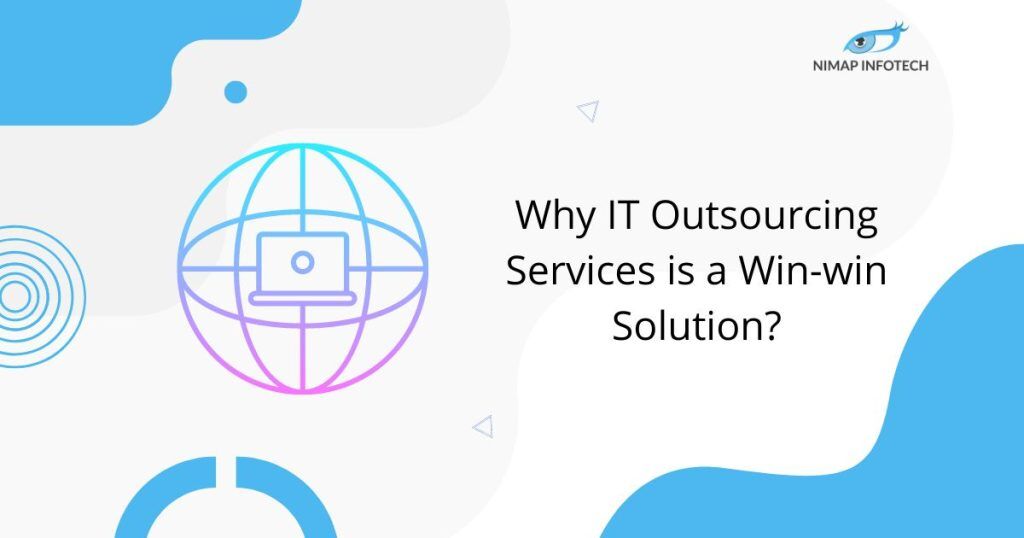Actively look into risk management in the development of software. The Way to Manage Risks in the Life Cycle Software Development. It is preferable to be safe than sorry. Furthermore, if the Covid pandemic has taught us anything, it is the need for risk management.
Even though we cannot predict everything, we can appropriately plan to handle hazards. Budget overruns, project execution delays, personnel problems, low productivity, defective products, etc., are common hazards.
Project managers must be aware of risks, evaluate them, prioritize them, and have a plan of attack to reduce them.
Table of Contents
ToggleWhat Is Risk Management in Life Cycle Software Development?
In software development, risk management recognizes gains access to, and analyzes risks before limiting and reducing them to assure project success.
Any threat—explicit or otherwise—large or little, internal or external—that poses a risk to the smooth launch of your product should be thoroughly examined and countered.
Everyone working on the project must recognize these dangers and inform the project manager so that they may be dealt with.
The following tasks are included in risk management in life cycle software development:
- Identify
- Classify and prioritize
- Develop an action plan template to mitigate
- Continuously monitor throughout the project life cycle
- Implement the action plan if any threat materializes
- Constant communication within the team to identify new threats.
Also Read: How To Build a Software Development Team Structure
Importance of Risk Management in Life Cycle Software Development:
Complex projects like software development frequently require a large staff and a sizable budget. But pursuing chances for software development nonstop without properly reducing the risks associated might backfire. Some project managers consider risk management in software development and its duties as unnecessary labour and costs that don’t contribute to the main product development process. This mentality is flawed and might cost money if the project fails. In software development, adequate risk management will:
- Save money by reducing the costs of dealing with uncontrolled crises.
- Focusing on the main project will enable the development team to work more quickly since all potential hazards are considered.
- Allows for a more accurate project cost estimate and eliminates the danger of cost overruns caused by unknown hazards.
- Enhancing the company’s or agency’s reputation by guaranteeing that software development projects are completed according to the schedule.
Types of Risk and How to Deal with Them:
- Scope Variation Risks:
Scope variation is one of the most difficult problems that software engineers encounter. Software development is prone to the persistent danger of requirements changing due to ongoing client and user input. It is advantageous to have on hand since it guarantees that the finished product is of high quality and beneficial to the end customers. However, from the standpoint of risk management in software development, it is a risk that has the potential to cause budget overruns, delay project execution, and introduce several uncertainties. As a result, it is a crucial risk that requires monitoring, analysis, and mitigation. Structured communication between the development team and the client/end-user is the greatest strategy to reduce this risk.
- Inaccurate Estimation Risks:
It is an essential component of software development risk management. We continuously estimate things, yet there is a chance that we may set unrealistic expectations. In software development, timelines and money are the two main factors in estimation. Underestimating the amount of time needed for various iterations is the biggest risk in terms of deadlines. Understanding the clients needs in-depth, conveying them to the development team, and developing a realistic deadline are all ways to mitigate this risk.
- End-user Engagement Risks:
Discussing risk management in software development without including the risk associated with end-user involvement is impossible. Creating a product that some people will find useful is the ultimate objective of software development. There is a sizable risk if these users struggle with the finished product. Whether the software is for internal use or external clients, end-user involvement is essential to the project’s success. Through active end-user participation and engagement throughout the project life cycle, the final result is guaranteed to be widely accepted.
- Stakeholder Expectations Risks:
Every software development project has some stakeholder expectation risk. Stakeholders in these initiatives are everyone who is involved in some way with the project’s success.
Concerning reducing this risk in particular are:
- End users
- Customers
- Investors
- Development team
Before becoming a danger to the project, these groups need a mitigation strategy to satisfy their expectations.
- Technical Risks:
In a software development project, technical risks often affect the final product’s quality. These include challenges with integration, support, and inadequate programming. These technological hazards may severely hamper the usage of the product. For this reason, while discussing risk management in software development, technical risk must be covered. The issue with technical risk management is that they are not always readily apparent during development. They are difficult to repair since they only become obvious towards the conclusion of the procedure.
- Human resource risks:
There is always a chance that someone can become unavailable while working with individuals. There is a risk that this individual will be an important team member, which might lead to a knowledge gap. The individual might be actively involved in the project and come from the development team or client side. The appropriate documentation of every project element is essential to reducing this risk. Documentation for software development is a live, ongoing activity. Additionally, there should always be backup plans in place for how to integrate new team members.
- Communication Risks:
A breakdown in communication during software development is devastating, just like in any other endeavor. For a project to be successful, communication must be ongoing and efficient. Ineffective communication will cause delays and decreased production. The entire team should be dedicated to the project to reduce the possibility of a communication breakdown. When we refer to the team in this context, we include the project manager, developers, testers, clients, etc.
Read More: SaaS Software Production Readiness Checklist
Conclusion
Managing the risks related to the software development lifecycle is a must because it helps businesses stop issues after launch. Companies can guarantee their projects are completed on a timeline, within budget, and with the least amount of problems by proactively recognizing and fixing potential risks during each stage of the SDLC.
You can successfully handle the risks and ensure your project succeeds by using the above tactics. A strong risk management organization may contribute to the effective completion of projects, reduce the impact of unforeseen problems, increase cost savings, and boost customer satisfaction.
Author
-

Sagar Nagda is the Founder and Owner of Nimap Infotech, a leading IT outsourcing and project management company specializing in web and mobile app development. With an MBA from Bocconi University, Italy, and a Digital Marketing specialization from UCLA, Sagar blends business acumen with digital expertise. He has organically scaled Nimap Infotech, serving 500+ clients with over 1200 projects delivered.
View all posts








